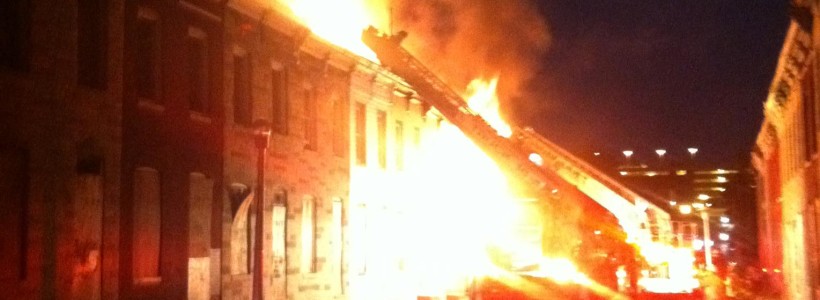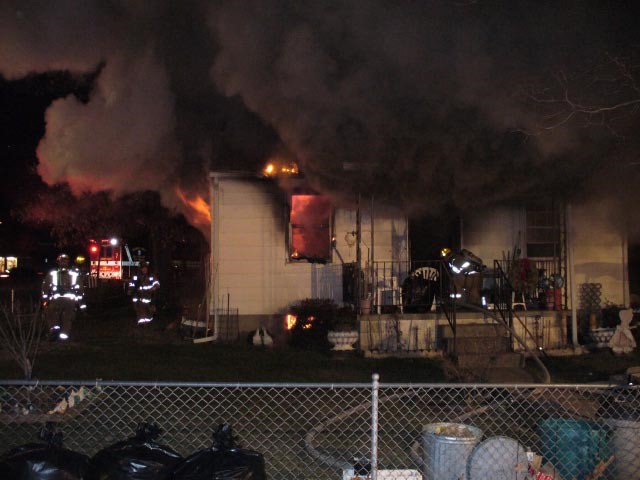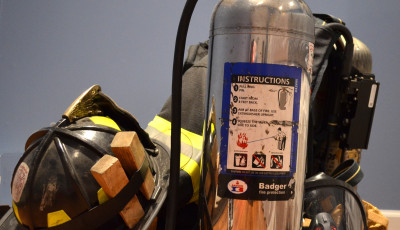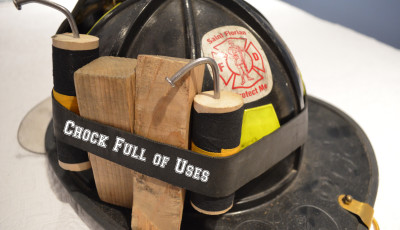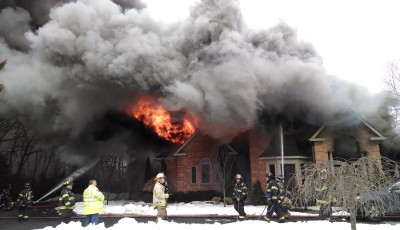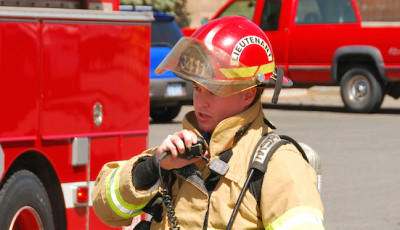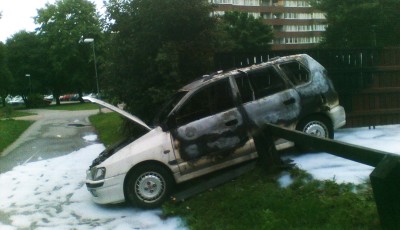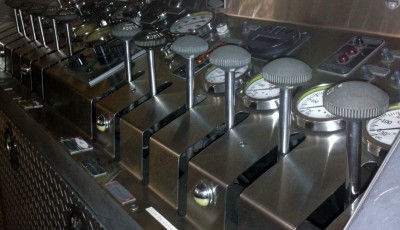Understanding Fire Flow – Part 2
It has become very obvious to me from seeing the changes take place on the fire ground and from reading all of the research available that fires are hotter and more unpredictable than any time in the history of the fire service. The main reason for this problem is the heat release rate of modern fuels.
Heat release rate (HRR) is defined as the amount of time needed for a given fuel depending on its mass to produce enough energy (heat) to influence combustion.
Modern Fuels +
To fully understand the effects of HRR we have to understand the fuels found in the modern fire environment. Today’s fire environment is far more hostile then it was 15 years ago. The main reason for this is the endlessly expanding role of plastics. Plastics are derived from petrochemicals, (hydrocarbons) and can be found partially or wholly in every consumer product available in the market place today. Given the opportunity they burn very rapidly and produce a tremendous amount of heat, smoke and toxic gases.
Increased Fuel Loads =
The other problem is the sheer amount of fuels found in the average home. As society has become more affluent families have introduced increasing amounts of combustible material into their homes and apartments. As the amount of combustible materials has increased so too must the heat energy potential. Plastics release heat during combustion at 3 times the rate of traditional Class-A combustibles. Not only do they introduce more heat into the burning compartment but they do it three times faster which drastically increases the fires growth rate.
Increased Fire Flow Rates
Just as the heat release rate and fire growth potential have increased in modern fuels so must the fire flow increase. A fire flow rate between 95 and 125 GPM was a safe and efficient flow 15-20 years ago but not today. Due to the many challenges we face in our synthetic society a safe and efficient fire flow is now between 150 and 200 GPM. The increased HRR have drastically altered the time it takes for a fire to flashover. Fires were typically thought to reach flash over conditions 10 minutes after ignition today that time to flash over is less than 4 minutes. Not only must we apply water at a rate faster than the heat being generated but due to the unpredictable and rapid nature of the fires growth our application rate must have a forgiveness factor built into it as well.
Another critical fact that affects fire flow rate is the stage of burning the fire is at when the fire department arrives. As stated earlier fires are reaching flash over conditions much quicker.
As fate would have it most fire departments are arriving sooner in the incident thanks to modern computer aided dispatch systems. Firefighters will be making entry into the building at the same time the fire has reached flash over conditions which means that your fire flow rate at a minimum, must be capable of absorbing the maximum potential HRR to immediately halt the fires transition to flash over.
In our next issue we will discuss how the type of nozzle and stream affects fire flow.
Part 1 of 4

